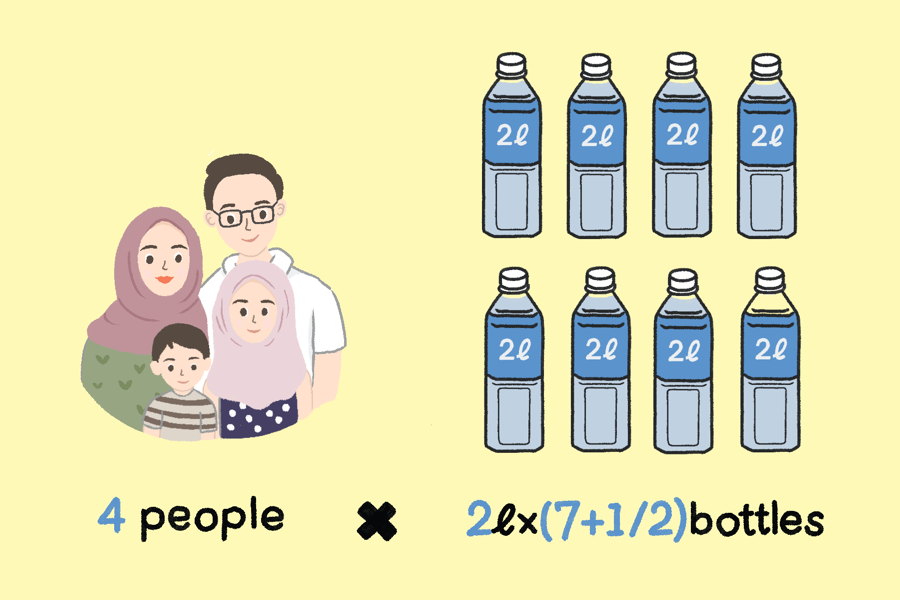Tokyo Life
"Our Tokyo" Water in Tokyo
Where does Tokyo's water come from?

While washing your face, brushing your teeth, washing your clothes, cooking, drinking water, taking a bath, using the toilet - and so on - we use a lot of water in a day. Most of the water in Tokyo, home to about 14 million people, comes from rivers. 80% of the water comes from the Tone and Arakawa River systems and 17% from the Tama River system. Until the early 1960s, Tokyo's water supply was mainly from the Tama River. However, as more and more people came to live in Tokyo, the amount of water needed increased rapidly and, since 1965, water from the Tone River has also been taken in. Nowadays, water from the Tone River, which flows from the mountains of Gunma and Saitama Prefectures, is shared and used by the prefectures of Tokyo, Gunma, and Saitama.
The water in Tokyo is good.

There are 11 water purification plants in Tokyo, producing a lot of tap water. It takes about eight hours to turn the water from the river into tap water that is safe to drink, so you can drink the water straight from the faucet. The water purification plants also use an advanced purification treatment to make the water tastier. The water purification plants in the Tone River system introduced 100% advanced water purification treatment over a period of 21 years, starting in 1989. This is the reason why people say that the water in Tokyo has become delicious. Tokyo's tap water is sold in PET bottles as "Tokyo-Sui - Tokyo Water - " in the Tokyo Metropolitan Government building and elsewhere.
Disaster Preparedness: How much water is needed for a family of four, for a day?

It is said that each adult needs 3 liters of water per day. It is a good idea to stockpile at least a three-day supply of water - preferably a five-day supply - in case of a disaster. 3 liters x 5 days = 15 liters. That's 60 liters, for a family of four. This is used not only for drinking water, but also for cooking, brushing teeth, and washing hands. By regularly replacing water bottles as you consume them, you can stockpile a certain amount of water without it going stale.
